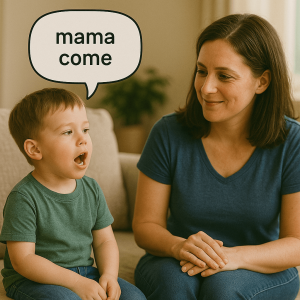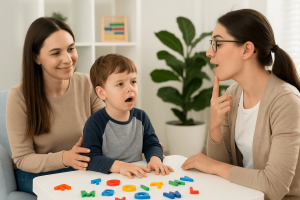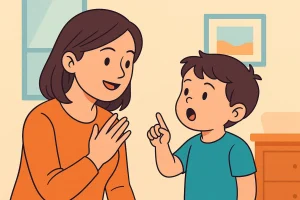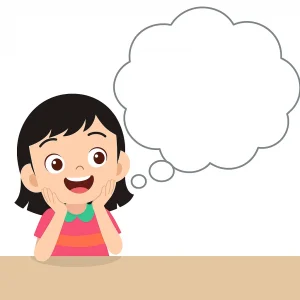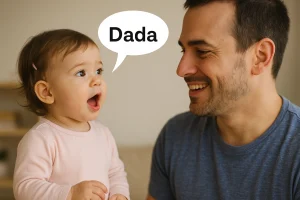5 Creative Ways to Make Flashcards Fun and Engaging
Last Updated: May 25, 2024
Flashcards have long been a staple in education, known for their simplicity and effectiveness in reinforcing learning. Whether you’re teaching children or adults, flashcards are a versatile tool that can help with memorization, concept building, and quick recall of information. However, it’s no secret that traditional flashcard drills can become monotonous, leading to disengagement and boredom.
See what makes these flashcards unique – View All Features.
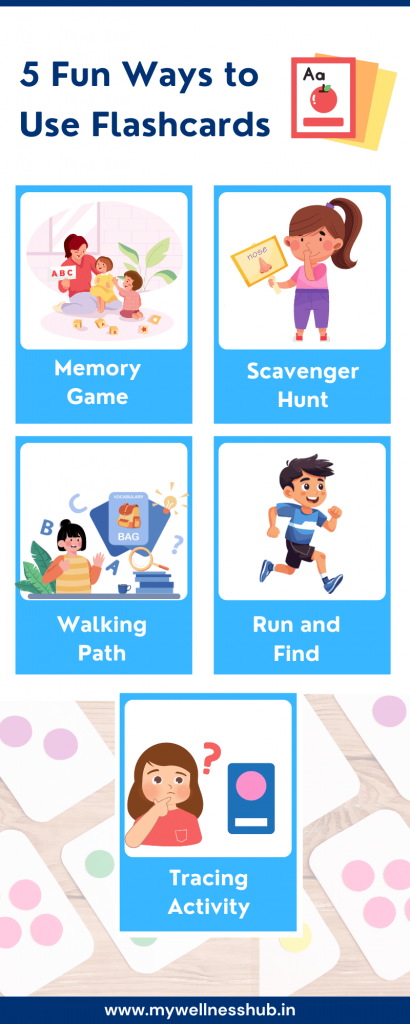
1. Memory Game with Flashcards
One fantastic way to make flashcards fun and engaging is by turning them into a memory game. This simple yet effective method can transform a dull study session into an exciting game that children and adults alike will enjoy.
Explanation:
To play the memory game, you need to create duplicates of each flashcard. This means you’ll have two identical cards for each concept or image you want to reinforce.
How to Play:
Lay all the flashcards face down on a flat surface. Players take turns flipping over two cards at a time, trying to find a matching pair. If a match is found, the player keeps the pair and takes another turn. If not, the cards are turned back over, and the next player gets a chance. Continue this process until all pairs are found.
Benefits:
This memory game enhances several skills simultaneously. It boosts memory as players need to remember the location of each card. It also promotes turn-taking, an essential social skill, and enhances language skills as players describe the images or concepts on the cards.
Example:
Imagine playing a fun memory game where each match you find gives you a sense of achievement! Every time you or your child finds a pair, it’s a little victory that keeps motivation high and makes learning enjoyable.
By incorporating this simple game into your routine, you can make learning with flashcards a much more interactive and pleasurable experience. Plus, it’s a great way to spend quality time together, reinforcing not just academic skills but also social bonds.
2. Flashcard Scavenger Hunt
Another creative way to make flashcards fun and engaging is by organizing a Flashcard Scavenger Hunt. This activity not only makes learning enjoyable but also adds a sense of adventure to the process.
Explanation:
In a flashcard scavenger hunt, flashcards are hidden around the room. Clues are given to help children find these hidden cards, making the learning process interactive and exciting.
How to Play:
To start, hide flashcards in different locations around the room. Use clues to guide the child to each card. For example, you might say, “Look up!” or “Find the card near the window!” These clues encourage children to explore their environment and pay attention to details.
Benefits:
This activity improves several skills:
- Attention and Concentration: The need to listen to and follow clues helps children focus better.
- Directional Skills: Clues that include directions like up, down, near, or far help children understand and follow spatial instructions.
- Language Development: Describing the clues and the flashcards enhances vocabulary and language comprehension.
Example:
“Think of the excitement when your child discovers a hidden card with a flashlight! Each found card is a mini-victory, making the learning process thrilling and memorable.”
Imagine turning a simple study session into an adventurous game. Your child eagerly searches for flashcards, learns to follow directions, and gains new knowledge—all while having a great time. This method not only makes learning fun but also strengthens important cognitive and language skills.
Explore more on Toys Flashcards for Kids: Free Printable PDF
3. Flashcard Walking Path
Another creative way to make flashcards fun and engaging is by turning them into a walking path. This activity transforms learning into a physical game, combining movement with educational content.
Explanation:
To create a flashcard walking path, arrange the flashcards on the floor in a sequence that forms a path or a bridge. This path can lead from one side of the room to the other or create a loop for continuous play.
How to Play:
Children are asked to walk along the path by stepping on each flashcard after correctly identifying the word or image on it. You can start with simple words or pictures and gradually increase the difficulty as they progress. This method not only reinforces word recognition but also adds an element of physical activity.
Benefits:
This activity encourages several important skills:
- Expressive Skills: Children practice saying the words or describing the images on the cards.
- Motor Skills: Walking, balancing, and stepping from card to card help develop gross motor skills.
- Word Recognition: Repeatedly seeing and identifying the words or pictures reinforces learning.
Example:
“Picture your child walking across a bridge made of words, stepping carefully and learning as they go! Each step forward represents a word correctly identified, making the learning process both active and engaging.”
Imagine the excitement as your child navigates through a path of knowledge, learning and playing simultaneously. This interactive method not only makes learning enjoyable but also helps in retaining information through physical activity.
4. Flashcard Run and Find
One of the most exhilarating ways to make flashcards fun and engaging is by incorporating movement through a game called Flashcard Run and Find. This activity combines physical activity with learning, making it a hit among energetic children.
Explanation:
In Flashcard Run and Find, flashcards are spread out on the floor in an open space. The objective is for children to run to the correct card after it is named, adding an element of excitement and speed to the learning process.
How to Play:
- Scatter flashcards face up across the floor.
- Stand at one end of the room and call out the name of a card.
- The child runs to find the correct card and brings it back or touches it.
- Repeat with different cards, varying the difficulty by including more cards or using descriptive clues.
Benefits:
This activity builds multiple skills:
- Listening Skills: Children must listen carefully to the card name or description.
- Language Development: Naming and identifying the cards reinforces vocabulary and language comprehension.
- Motor Skills: Running, bending, and reaching to find the cards develop gross motor skills and coordination.
Example:
“Imagine the joy of watching your child dash across the room to find the right card! Each successful find boosts their confidence and makes learning an active and engaging experience.”
Flashcard Run and Find is a fantastic way to channel your child’s energy into a productive and educational activity. It turns learning into an exciting game, ensuring that your child remains engaged and motivated.
5. Flashcard Tracing Activity
One of the most creative and hands-on ways to make flashcards fun and engaging is through a Flashcard Tracing Activity. This method combines visual learning with fine motor skills development, making it a hit with young learners.
Explanation:
To set up a flashcard tracing activity, cut flashcards into the shapes of the objects or letters they represent. This activity transforms a simple learning tool into a tactile experience, helping children connect with the material in a new way.
How to Play:
- Cut out the shapes or letters from the flashcards.
- Provide children with crayons, pencils, or markers.
- Have the children place the cut-out shapes on a piece of paper and trace around them.
- Encourage them to say the name of the shape or letter as they trace it.
Benefits:
This activity offers numerous educational benefits:
- Motor Skills: Tracing helps develop fine motor skills and hand-eye coordination.
- Language Skills: Saying the name of the shape or letter reinforces language development.
- Creativity: Children can also color in the traced shapes, adding a creative element to the activity.
Example:
“Envision your child carefully tracing the outline of a flashcard, enhancing their motor skills with every stroke! This simple yet effective activity not only makes learning enjoyable but also helps in retaining information through hands-on practice.”
Imagine the joy and concentration on your child’s face as they carefully trace each shape, turning learning into an art project. This method not only makes education fun but also supports the development of essential skills.
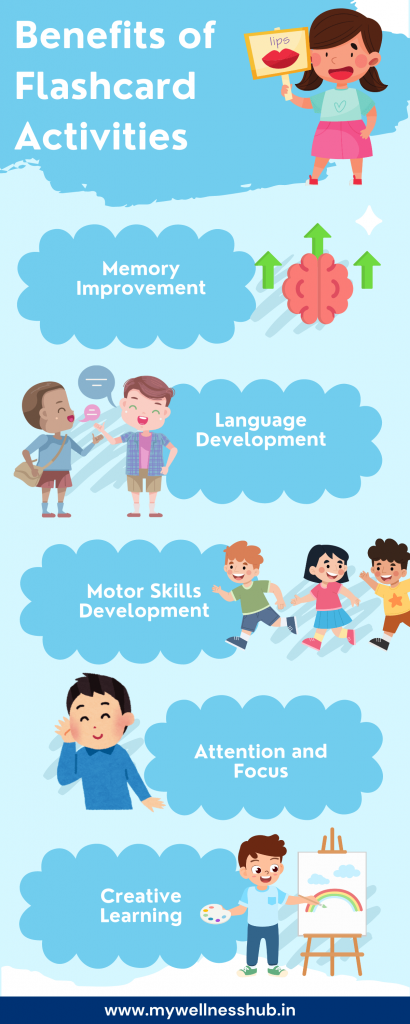
Flashcard Activity Benefits
| Activity | Key Benefits | Skills Developed |
|---|---|---|
| Memory Game | Enhances memory and recall | Memory, Turn-taking, Language skills |
| Scavenger Hunt | Boosts attention and concentration | Attention, Concentration, Directional skills |
| Walking Path | Combines physical activity with learning | Motor skills, Expressive skills, Word recognition |
| Run and Find | Encourages listening and movement | Listening skills, Language development, Motor skills |
| Tracing Activity | Develops fine motor skills | Motor skills, Hand-eye coordination, Creativity |
Conclusion
Flashcards are a powerful educational tool, but they can often feel boring. By using these five creative ways to make flashcards fun and engaging, you can turn learning into an exciting experience. Try turning flashcards into a memory game, creating a scavenger hunt, making a walking path, playing run and find, and tracing flashcards. These activities not only make learning more fun but also help kids improve memory, language skills, attention, motor skills, and coordination.
Give these methods a try and see how they can make learning with flashcards enjoyable and effective. For more tips and resources on making education fun, visit our Wellness Hub. We offer a variety of ideas and tools to help make learning both engaging and successful.
Frequently Asked Questions:
1. What are some fun ways to use flashcards?
Some fun ways to use flashcards include turning them into a memory game, organizing a flashcard scavenger hunt, creating a walking path, playing run and find, and doing tracing activities. These methods make learning interactive and enjoyable.
2. How can I make flashcards more engaging for my child?
You can make flashcards more engaging by incorporating games and activities like memory games, scavenger hunts, walking paths, run and find, and tracing activities. These approaches combine learning with play, keeping your child interested and motivated.
3. What are the benefits of using flashcards in a memory game?
Using flashcards in a memory game helps enhance memory, improve turn-taking skills, and develop language skills. It turns learning into a fun activity, making it easier for children to retain information.
4. How does a flashcard scavenger hunt improve learning?
A flashcard scavenger hunt improves learning by boosting attention and concentration, enhancing directional skills, and making the learning process adventurous and fun. Children learn to follow clues and discover flashcards, reinforcing their knowledge in an interactive way.
5. What skills are developed through a flashcard walking path?
A flashcard walking path helps develop expressive skills, motor skills, and word recognition. Children step on each card after correctly identifying it, combining physical activity with learning.
6. How can I incorporate physical activity into flashcard learning?
You can incorporate physical activity into flashcard learning through games like Flashcard Run and Find. Spread flashcards on the floor and have children run to the correct card after it’s named, which builds listening skills, language development, and motor skills.
7: What is the flashcard tracing activity?
In a flashcard tracing activity, you cut flashcards into shapes and have children trace them with crayons or pencils. This activity helps develop motor skills, hand-eye coordination, and language skills, making learning more hands-on and creative.
8. How can I make learning with flashcards fun and effective?
To make learning with flashcards fun and effective, use creative methods like memory games, scavenger hunts, walking paths, run and find, and tracing activities. These approaches make learning interactive and engaging, helping children retain information better.
9. How can flashcards help with language development?
Flashcards can significantly aid language development by reinforcing vocabulary, improving pronunciation, and enhancing reading skills. Games like flashcard run and find, memory matching and scavenger hunts encourage children to say words aloud, describe images, and follow directions, all of which contribute to better language skills.
10. Are flashcards suitable for all age groups?
Yes, flashcards are suitable for all age groups, from toddlers to adults. For younger children, flashcards with simple images and basic words work best, while older children and adults can benefit from more complex concepts and vocabulary. The key is to adapt the content and activities to the learner’s age and skill level, making the learning process enjoyable and effective.
About the Author
Anuradha Karanam
Speech-language pathologist (7+ years of experience)
Anuradha Karanam is a skilled speech-language pathologist with over 6 years of experience. Fluent in Tamil, Telugu, Hindi, and English, she specializes in parent counseling, speech sound disorders, fluency assessment, and speech-language evaluations. Anuradha excels at working with children with developmental disorders, offering creative and effective therapy programs. Currently, at Wellness Hub, she holds a BASLP degree and is registered with the RCI (CRR No A85500). Her patience, ambition, and dedication make her a trusted expert in her field.
Connect with Anuradha to learn more about how she can help you or your loved one find their voice.
Book your Free Consultation Today
Parent/Caregiver Info:
Client’s Details:
* Error Message
